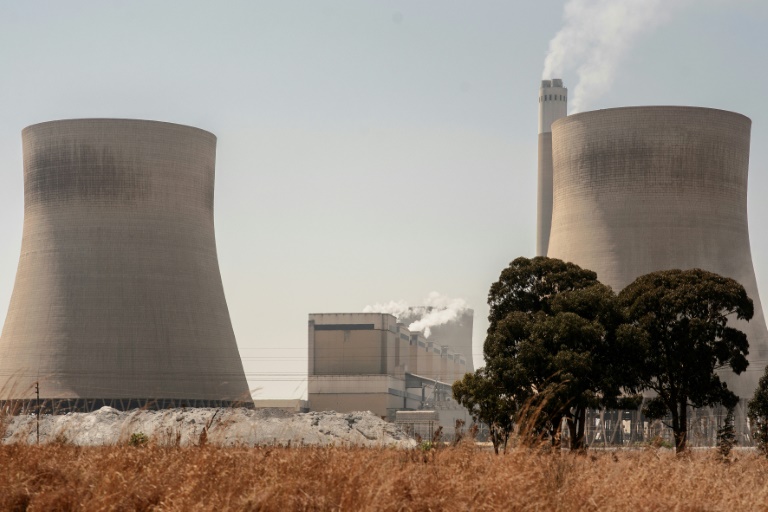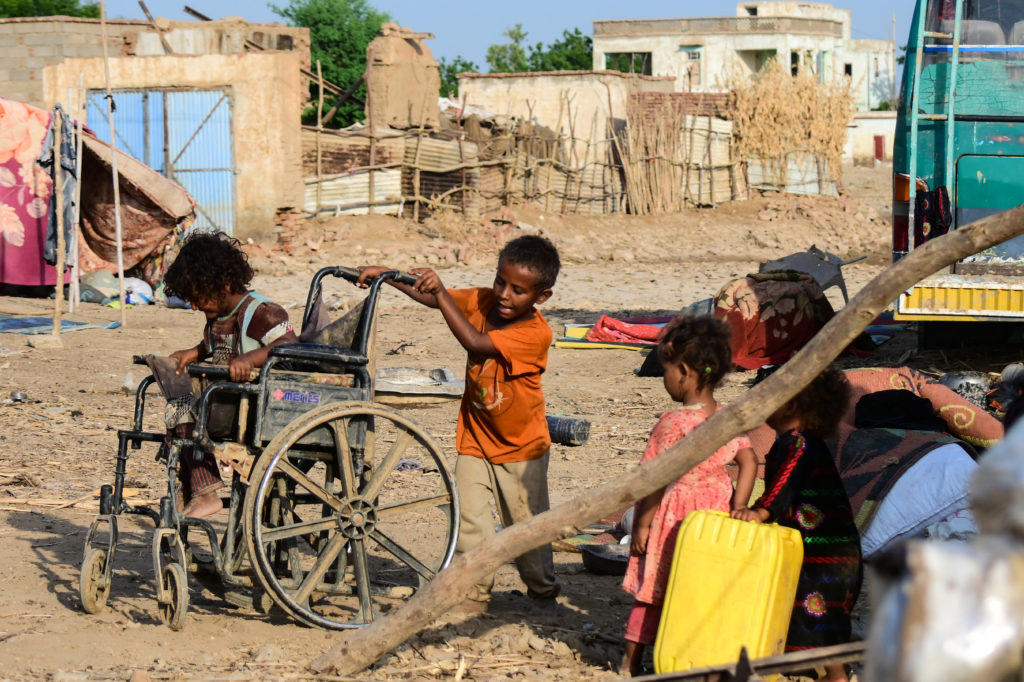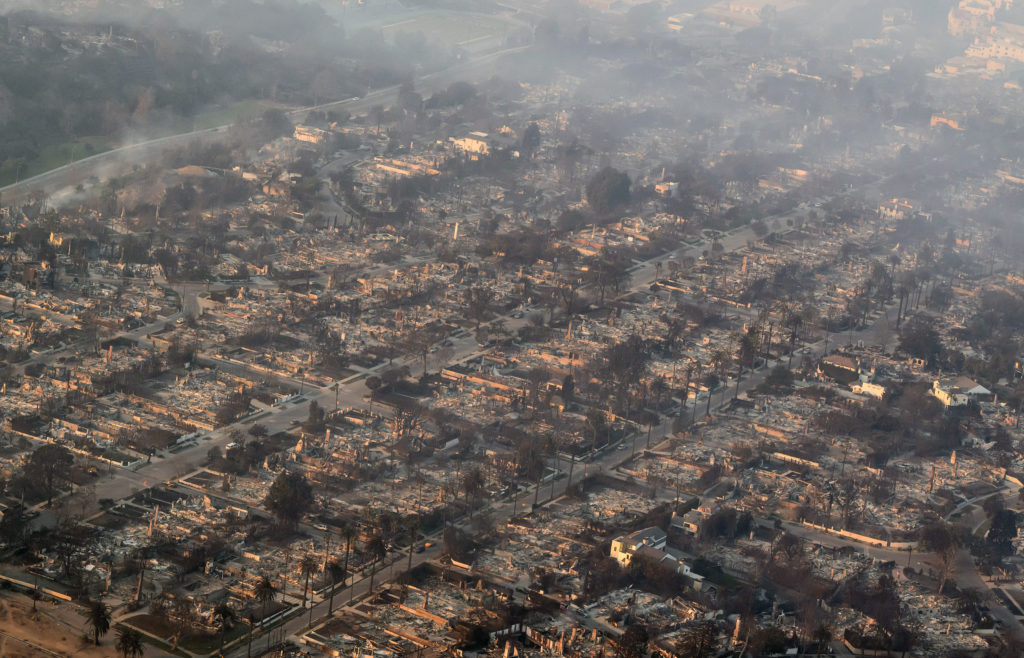The bank said South Africa's coal-dominated energy sector was responsible for nearly half of its emissions
South Africa, one of the world’s largest greenhouse gas emitters, will require at least half-a-trillion dollars to achieve carbon neutrality by 2050, the World Bank said Tuesday.
“Financing requirements associated with the transitions could amount to 4.4 percent of GDP per year — or 8.5 trillion rand (about $500 billion)” between this year and 2050, said the bank in a report published Tuesday.
In light of the government’s limited fiscal capacity, the domestic private sector and external financing will be required for the transition, it said.
Last year, South Africa, the continent’s most industrialised economy, secured $8.5 billion in loans and grants from a group of rich nations to finance the transition to cleaner energy sources.
The bank said South Africa accounts for 1.2 percent of global greenhouse gas emissions — with the coal-dominated energy sector responsible for nearly half of its discharges.
“The power sector… will need to transform radically by moving away from coal toward renewables,” it said, projecting that solar and wind will provide about 85 percent of the country’s energy by 2050.
The country “is one of the most carbon- and energy intensive economies in the world”, the bank added, noting that South Africa’s carbon intensity was 3.2 times higher than the global average in 2019.
“This shift should start immediately to address the ailing generation capacity, accompanied by (an) enhanced regional energy market,” said the bank.
A shift away from coal for renewable sources of energy will help the country tackle its ongoing energy crisis “most urgently and cost-competitively”.
But transitioning from coal will come at a heavy cost.
The bank estimates that at least 300,000 jobs in high-emitting sectors will be lost, urging the government to find ways to alleviate the potential negative effects of the transition.
For every job lost, the bank estimated that between two and three jobs could be created in renewables, green manufacturing and non-coal mining sectors.











